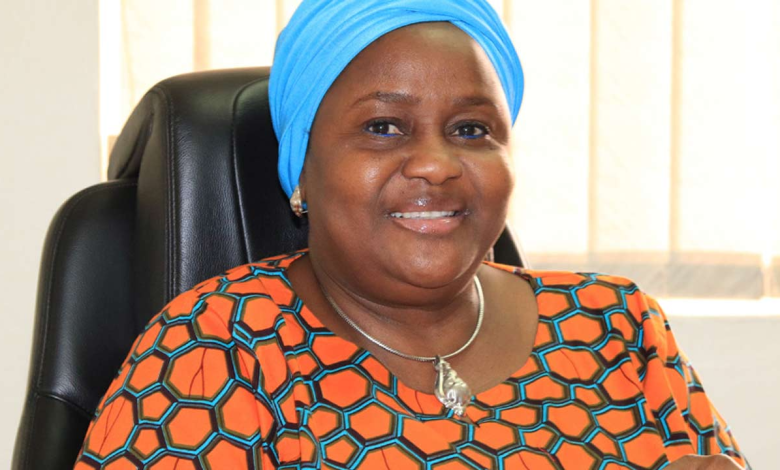Pension Assets Hit N19.5trn As Forex-dominated Investments Trigger N1.1trn Gains

The nation’s pension fund assets rose to N19.5 trillion as at the end of January, 2024, after it ended last year (December 2023) at N18.36 trillion, thereby, showing a N1.17 trillion growth in the month of January, triggered by forex-dominated investment by Closed Pension Fund Administrators (CPFAs) and Existing Schemes, data from the National Pension Commission (PenCom) has shown.
Of the 19.5trillion, N12.14 trillion was invested in FGN securities of which bonds attracted N11.59 trillion; treasury bills N221.81 billion; agency bonds N14.86 billion; sukuk bonds N124.89 billion and green bonds N181.57 billion.
PenCom, in its Unaudited Report on Pension Funds Industry Portfolio for the Period Ended January 31, 2024, which was sighted by LEADERSHIP yesterday, showed that N270 billion was invested in state government securities and N1.71 trillion in money market instruments.
PenCom said the fund assets in United States Dollars is valued at $14.39 billion at an exchange rate of N1,356 to a Dollar.
PenCom, in the report, noted that Existing Schemes as at November 2023, had a net assets value of N2.02 trillion, which moved to N2.10 trillion in December, recording N82.54 billion.
However, in January 2024, the schemes had net assets value of N2.21 trillion as against N2.10 trillion in December 2023, attaining growth of N104.78 billion.
The Closed Pension Fund Administrators (CPFAs) in November 2023 had a net assets value of N1.79 trillion and in December N1.94 trillion with a growth of N145.82 billion. In January 2024, they recorded a net assets value of N2.49 trillion as against N1.94 trillion in December, amounting to a growth of N552.15 billion.
PenCom noted that pension schemes in the private sector existing prior to the introduction of the Contributory Pension Scheme (CPS) in June, 2004 were allowed to continue as CPFAs, subject to guidelines issued by it.
It said the companies are required to have operated a fully funded existing pension scheme with assets of at least N500 million. A condition precedent on the issuance of a CPFA licence is that the company must possess the requisite capacity for the management of pension fund assets and show that it had managed its pension scheme effectively for at least five years prior to the commencement of the CPS.
The CPFAs, it noted, operate mostly as Defined Benefits Schemes with a guarantee from the sponsor companies over any funding deficit.
The Pension Reform Act, 2014 has foreclosed new entrants into the CPFAs.
Meanwhile, Investment income, according to LEADERSHIP investigation, was instrumental to the continuous increase in pension fund assets, despite the fact that governments at majorly, State level are not paying the monthly pension contributions of their workers as and when due.
Similarly, the huge increase, according to findings, was attributed to new pension contributions received, interest from fixed income securities and net realised on equities and mutual fund investments.
PenCom, through its spokesperson, Ibrahim Buwai, had yesterday said, the growth was driven by the increase in foreign exchange rate.
Earlier, the director general, PenCom, Mrs. Aisha Dahir-Umar, has said, the commission will not relent in its efforts to deepen pension coverage in the country, thereby, mobilising enough savings that could be effectively deployed for economic growth and development.
Similarly, the chief executive officer (CEO) of the Pension Fund Operators Association of Nigeria(PenOp), Oguche Agudah, had disclosed that, over time, pension fund operators have profitably invested the pension assets such that it is yielding good returns on investment, stating that, pension fund administrators will continue to look for additional viable investment options permissible under the law, to grow the assets to ensure that pension contributions can get values for their investment.



